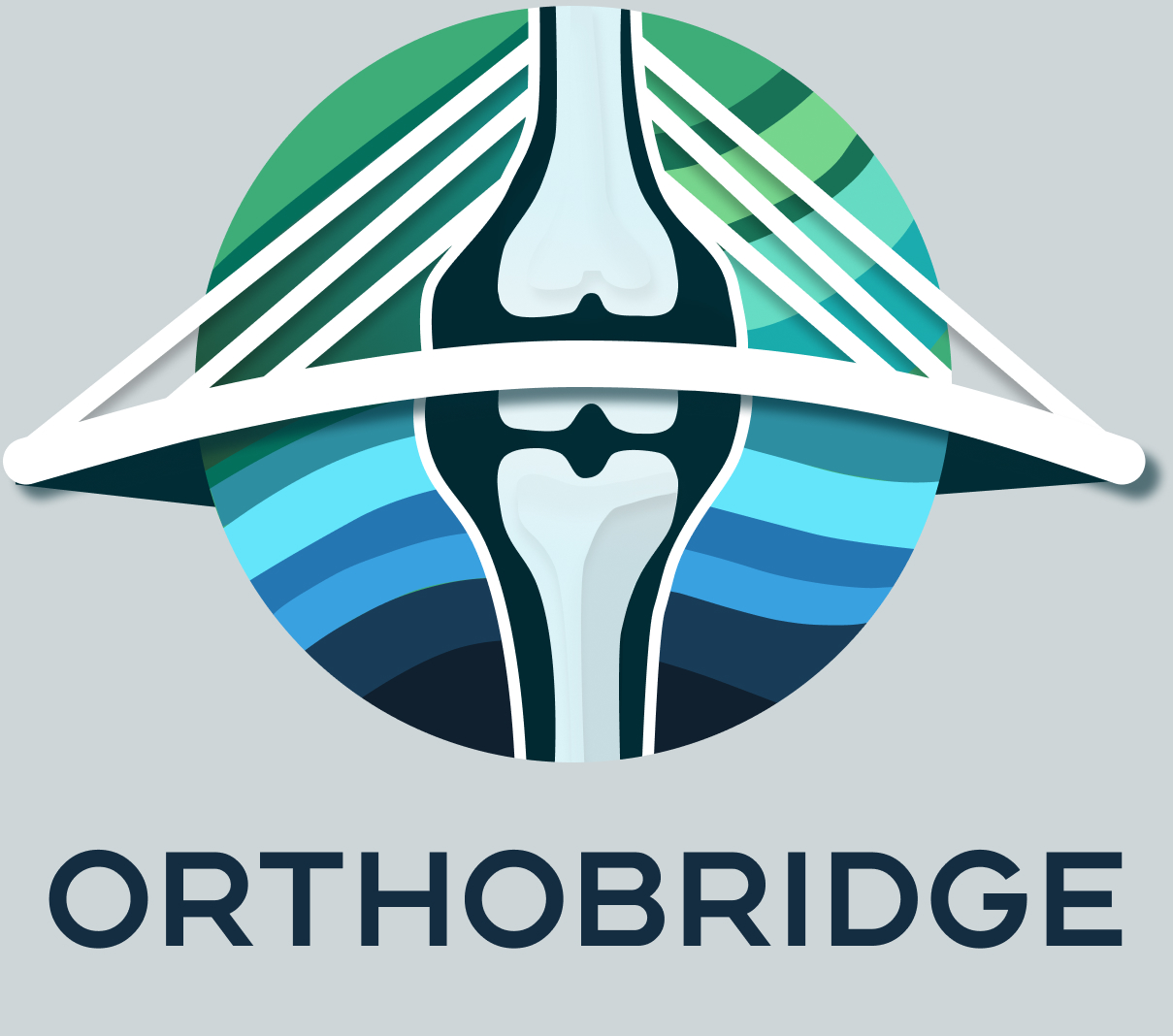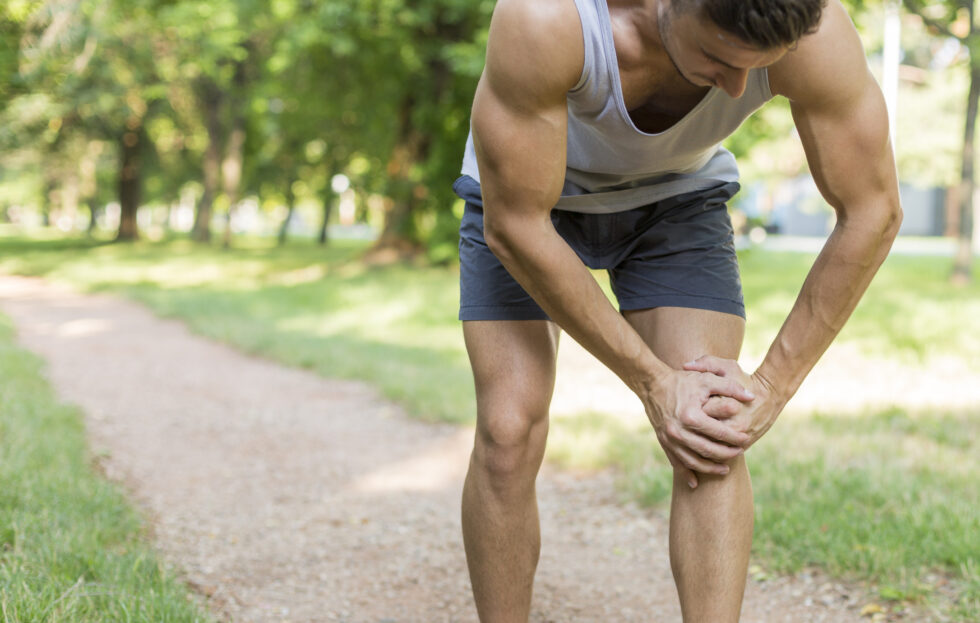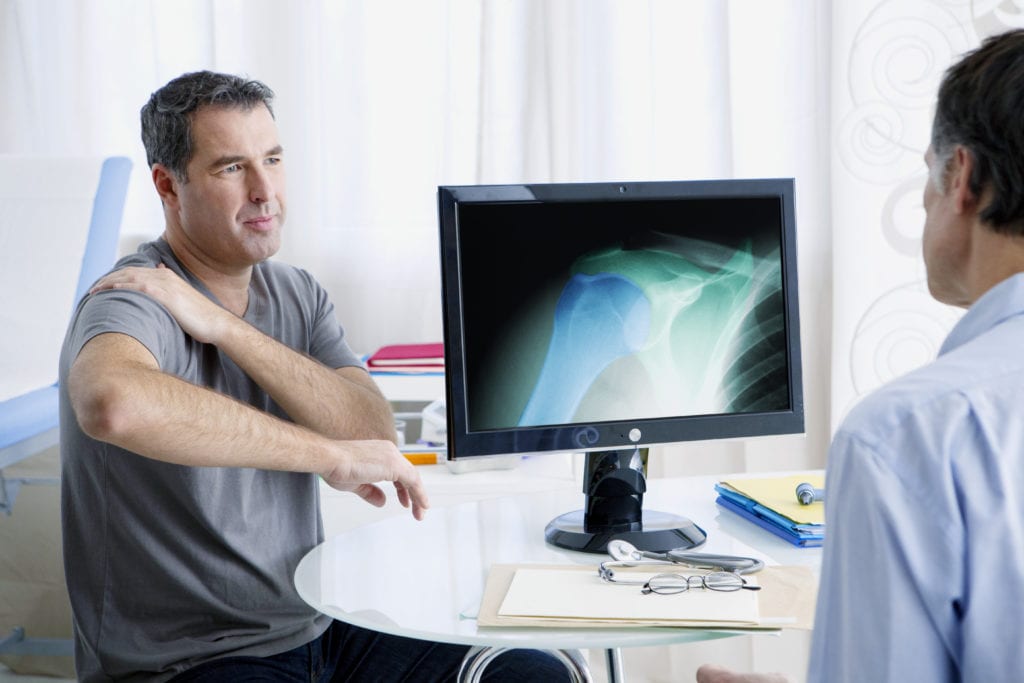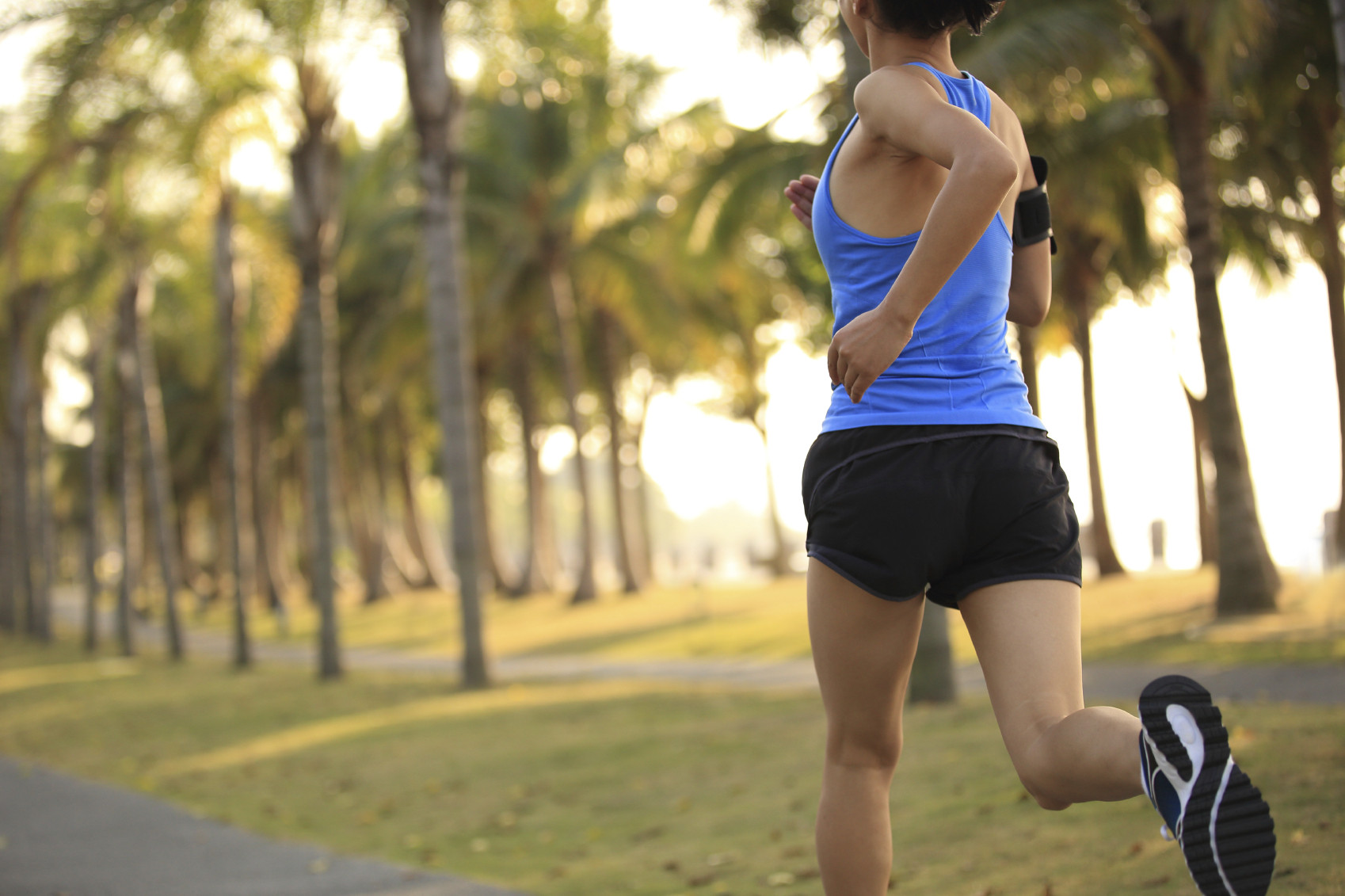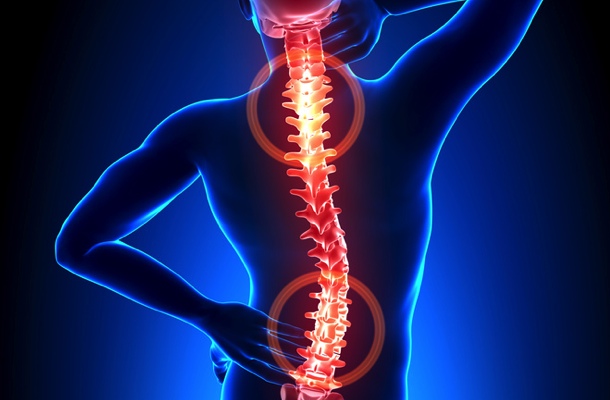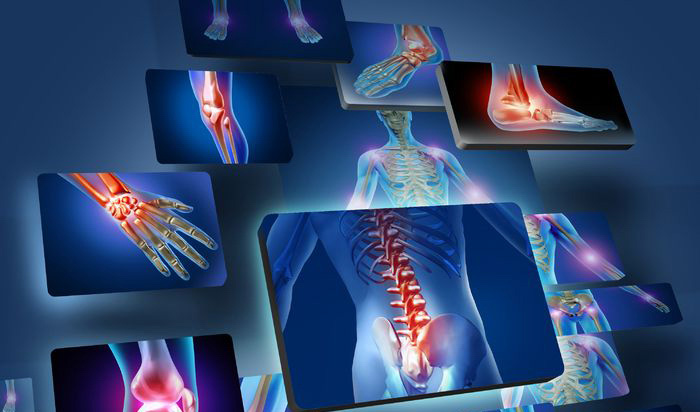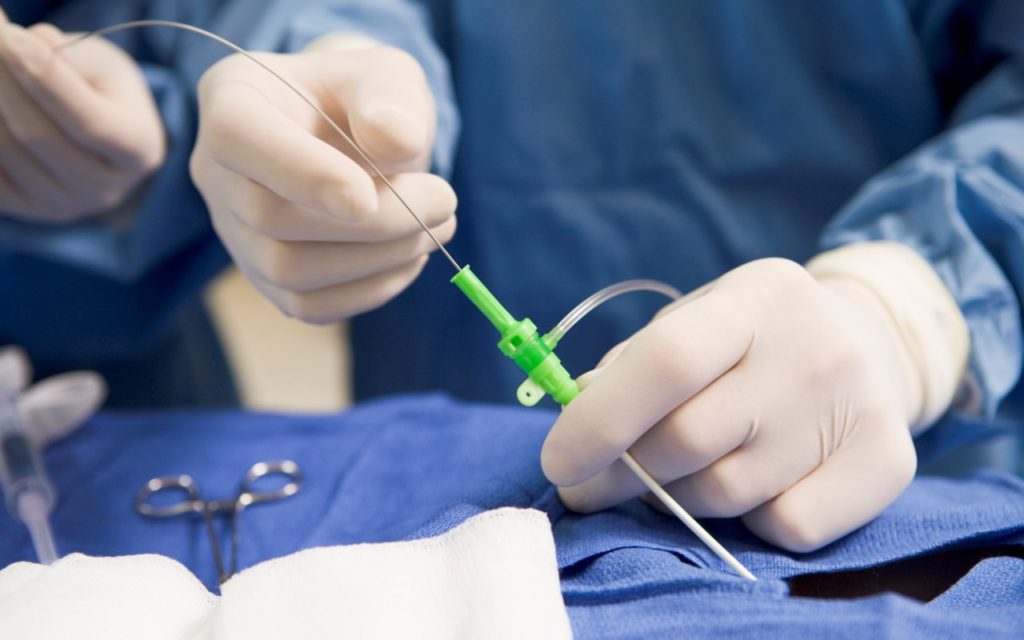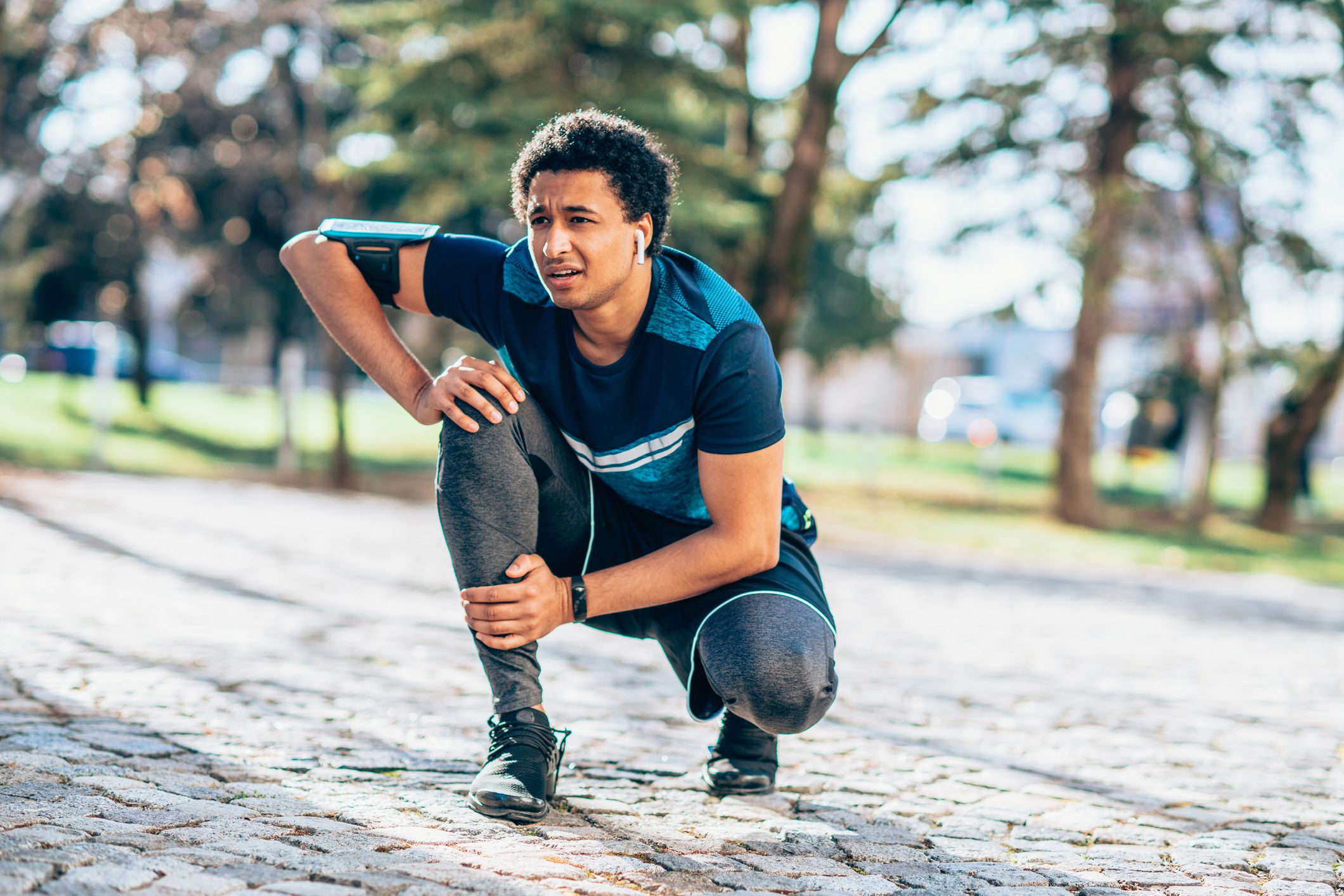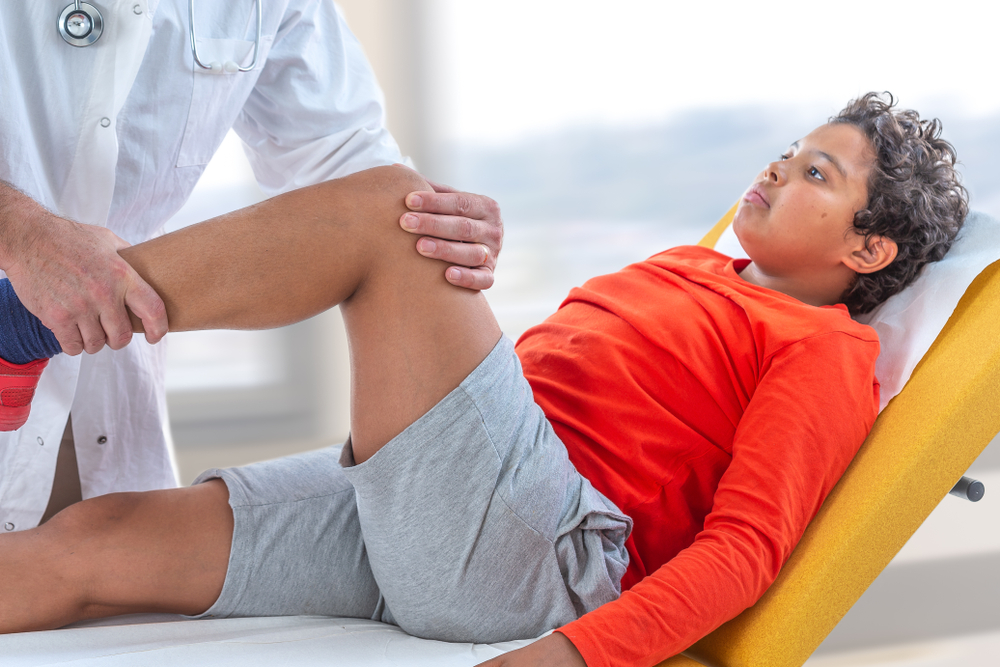Understanding Knee Stiffness
Our knees are stabilized by two pairs of ligaments: medial and lateral collateral ligaments and posterior and anterior cruciate ligaments. There are also two pieces of cartilage, called menisci, which act as a cushion to protect the bones. These parts of the knee may be damaged, leading to a stiff knee and restricted movement.
Stiff knees can plague people of any age, but it is more common among older people.
Sometimes, knee stiffness does not come with pain. Knee stiffness after sitting occurs when the joint has already experienced swelling and stiffness, which reduces flexibility.
Regular knee stiffness when getting up can indicate a more serious problem.
Individuals who experience stiff knees have difficulty moving the knee joint or loss of range of motion in the knee.
These can be detrimental to the strength, flexibility, and stability of the entire leg. The inability to bend or straighten your knee also has a negative effect on your daily life.
Here is what you can do if you are experiencing stiff knee pain
1. Identify the cause
Identifying the cause of your stiff knee is critical to the effectiveness of your treatment. The most common culprit of stiff knee pain is osteoarthritis. Other potential causes include trauma or injury to the knee joint such as a knee sprain, fractures, and meniscus injury.
A number of medical conditions can cause inflammation that results in stiff knee joints such as knee bursitis, gout, or knee tendonitis.

Infections, such as septic arthritis or osteomyelitis, are one of the rare causes of stiff knee joints. Infectious arthritis is a painful condition and should be treated by a doctor immediately.
A tumor or an abnormal growth in the bone may also cause the knee joint to swell, resulting in stiffness in the knee.
2.Visit a physician for a comprehensive assessment

3. Diagnostic imaging
4. Get relief from stiff knee pain
- Rest: Avoid strenuous activities for a few days to heal knee stiffness and swelling. Do not overstretch your knee, and stay off your feet. Elevate your legs as much as possible. The combination of rest and elevation is appropriate for soft tissue injuries, such as damaged tendons, ligaments, and muscles.
- Cold therapy: Immediately after an injury, apply an ice pack on the affected area for about ten to fifteen minutes every few hours. During the early stages of knee pain and stiffness, using cold therapy numbs the pain and speeds healing. It also minimizes inflammation.
- Medication: Anti-inflammatory medications soothe discomfort and alleviate stiff, sore knees.

- Knee support devices: When the knee joint is injured, protecting it with a quality knee brace can further prevent damage and even speed the recovery process.
- Diet and nutrition: In cases where weight is a contributing factor to your knee stiffness, your physician may recommend changes to your diet to help facilitate weight loss. Dietary changes may also help reduce the amount of uric acid in the body when gout is the source of pain.
- Exercise for stiff knees: Performing exercises for stiff knees increases blood supply, improves your range of motion, and increases your flexibility. The key is to begin slowly and increase the difficulty over time.
- Surgical repair for a stiff knee: A total or partial knee replacement may be an option if nonoperative treatment methods do not relieve swollen, stiff knees. Minimally invasive knee surgery can remove loose cartilage. Your orthopedic surgeon at Orthobridge Orthopedic Centre will discuss the benefits, risks, and possible complications of each procedure with your doctor.

Don’t let stiff knee joints hold you back
There are many causes of stiff knee pain, so it is important to consult a physician to determine the best treatment for your individual situation.
The knee specialist at Orthobridge Institute specializes in individualized and accessible care for patients at every stage of life.
Early treatment is key to saving yourself from years of stiff knees, pain, and discomfort. Schedule an appointment today.
